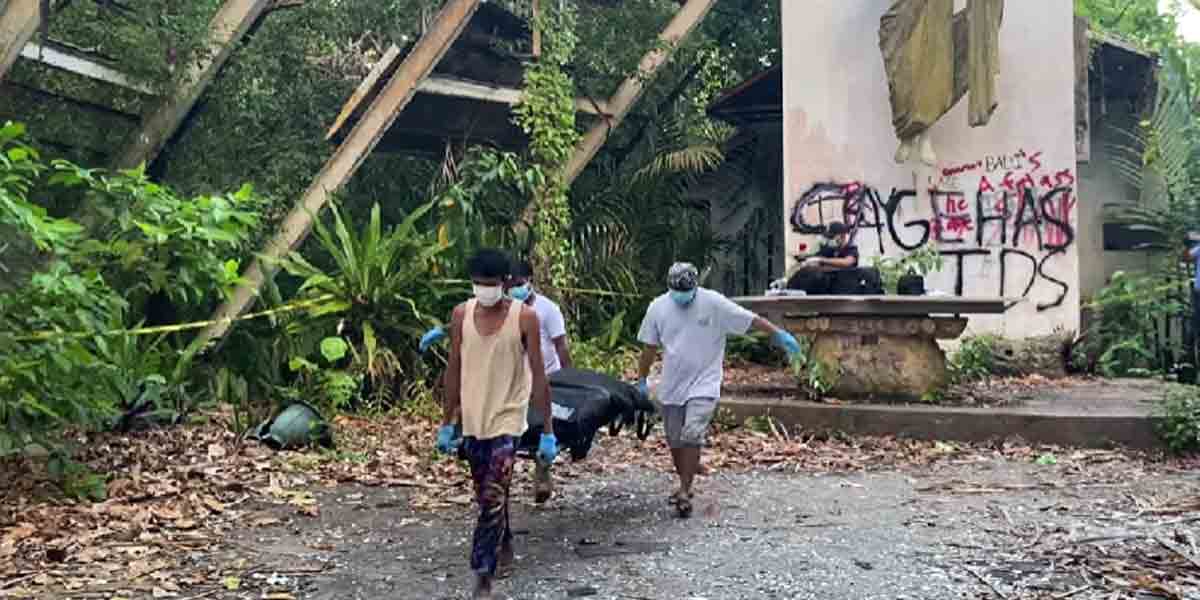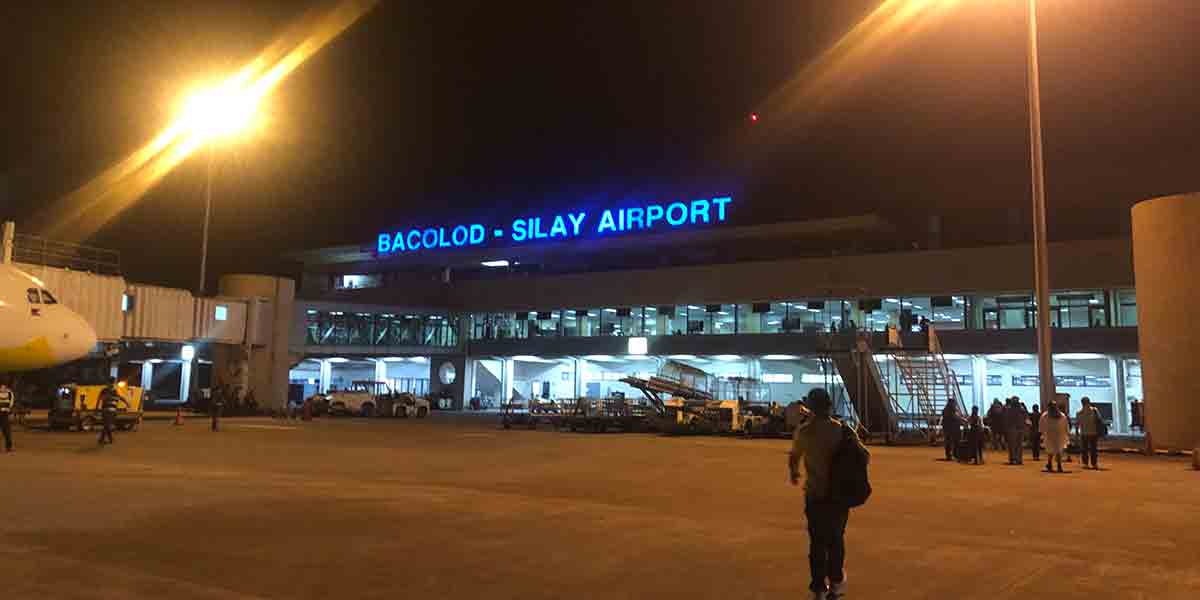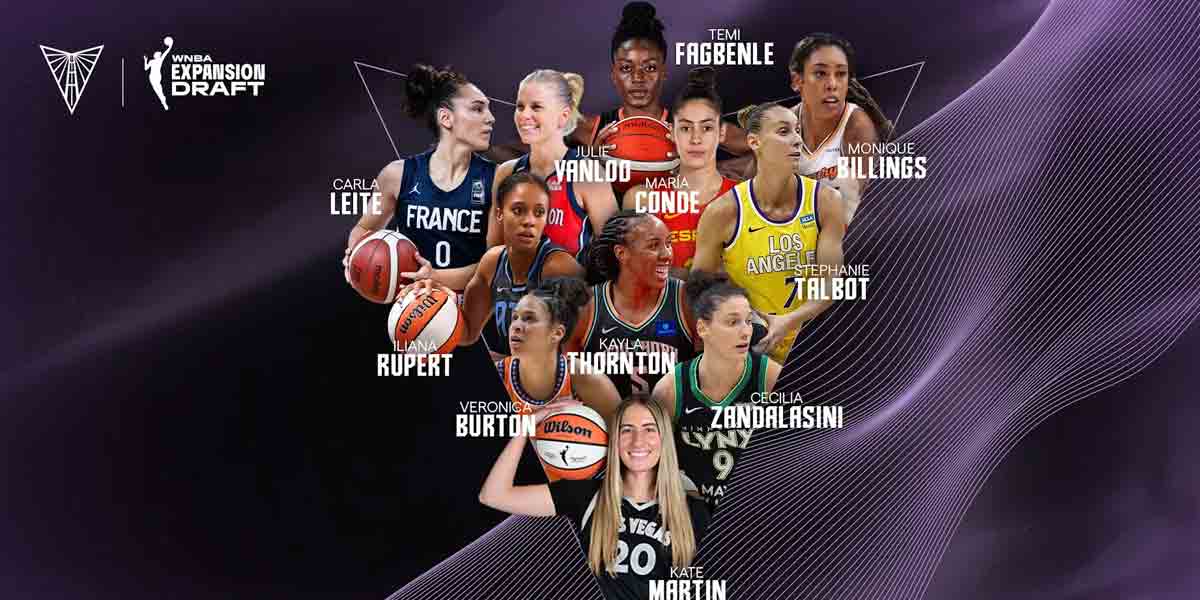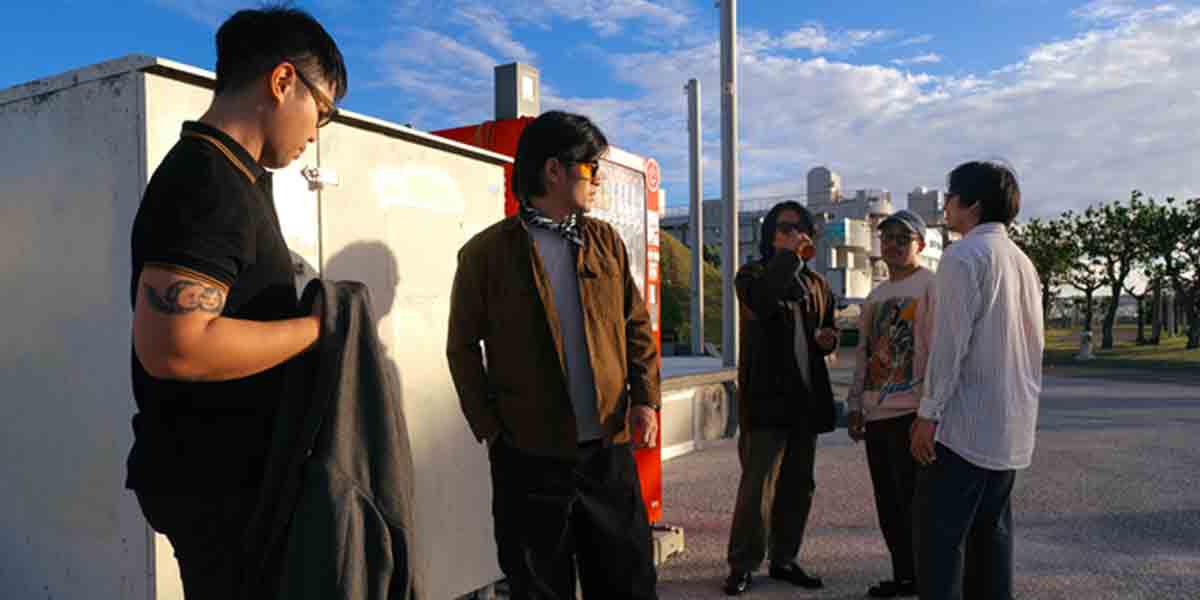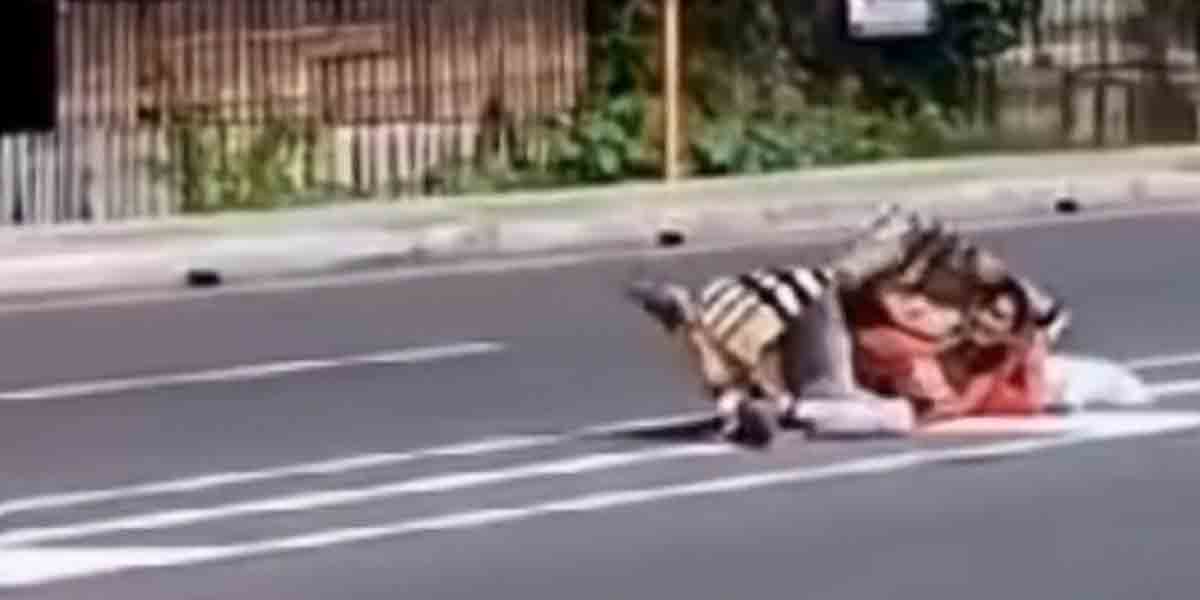By Limuel Celebria
IN RECENT DAYS, a lively discussion erupted in both mainstream and social media over the entry of Grab – a ride-sharing, public transport service that is said to be presenting a stiff-competition to the traditional taxi service industry.
In gist, those in the taxi sector, especially drivers, are complaining that the entry of Grab in Iloilo has resulted to lesser fares and lower income in their sector. While alleging unfair competition, they vehemently opposed the entry of Grab here claiming there is already exists a glut or over supply of taxis to meet local demand.
But the apparent dismay of taxi drivers and operators ruing the entry of a fierce competitor became the delight of the riding sector in general, welcoming a cheaper, more convenient, and cleaner alternative.
The controversy took on a bizarre turn with political undertones when former City Mayor Jed Mabilog, in a post on social media (Facebook), claimed that a single individual in Iloilo City owns a substantial number of Grab cars.
“The introduction of 200 Grab cars to compete with long-established taxis would be acceptable if they weren’t owned by a single individual. What will happen to the struggling jeepney and taxi drivers?” Mabilog wrote.
While Mabilog mentioned no names, his former ally, City Mayor Jerry P. Treñas felt alluded to. He denied the canard saying, “I will resign my position” if it can be proven that he has Grab units.
Even City Councilor Rommel Duron, former chairperson of the city council’s transport committee and current legal counsel of Grab, was thrown into the fray. He defended Treñas and dismissed the claims as false.
But what is the truth? Does City Mayor Jerry Treñas secretly own or operate 200 units of Grab Car in Iloilo? How about City Councilor Romel Duron?
To provide answers, we turned to the ultimate authority on the matter – the Land Transportation Franchising and Regulatory Board. We asked LTFRB Region VI Legal Officer (Atty. IV) and Hearing Officer Salvador Altura, Jr.: Does Mayor Treñas own 200 Grab cars?
His straightforward answer: “Impossible! HIs name does not even appear in our records!”
Altura added: There’s no way Mayor Treñas can own 200 units of Grab. No single taxi operator in Iloilo owns up to 200 units, he pointed out. The biggest number is around 120 to 130 units per fleet.
What about Councilor Duron? Atty. Altura explained that LTFRB guidelines require TNCs to designate a lawyer-nominee who will be the company’s sole representative to be recognized in the processing of TNV documents and other requirements. This was done in order to eliminate the bane of LTFRB transactions – the notorious fixers. Councilor Duron is Grab’s counsel-nominee. The other TNCs have their own lawyer-nominees
But what is Grab? Patterned after the so-called global transport industry disruptor Uber which is popular in the US, Grab is a technology driven, ride-sharing company that allows passengers to book rides and drivers to get paid through a smartphone app. The international business model is based on connecting drivers with passengers without owning any of the vehicles.
In the Philippines, Grab operates as a Transport Network Corporation (TNC). Other transport services such as Angkas, Utol, Maxim, and Joyride also fall under the TNC mode. The holder of the franchise is called a Transport Network Vehicle Service (TNVS) provider. Grab dominates the TNC/TNVS sector in Western Visayas by about 80 percent or more in terms of the number of operating units.
Atty. Jun Altura said the TNC and TNVS are new modes of transport service providers allowed to operate in the country “as a way of democratizing public transport.”
Unlike taxis which are operated as a fleet (meaning the taxi operator can own or register an unlimited number of units) by a certain company or corporation, a TNC franchise holder can only own up to a maximum of three units. Even if you use a dummy franchise operator, he will also be allowed to own only three, Atty. Altura also pointed out that the LTFRB issues the franchise to an individua person and he is allowed to enroll his unit(s) to any of the TNVS, whether Maxim or Grab or any other TNVS.
Thus there are even wage earners, retirees or other self-employed individuals who are encouraged to secure their own Grab franchises.
Most of the TNCs in the country are actually foreign-owned or controlled corporations, Under the Public Service Act public, utility transport companies are required to be 100 percent Filipino owned. However, the TNCs/TNVS, are classified as Public Service entities not public utility to accommodate, if not encourage, the entry of foreign investments.
Is there an existing glut or oversupply of taxis in Iloilo or Bacolod? No. LTFRB records show that as of October 2024 there are 192 taxi operators with 430 franchises and 839 operational units serving Bacolod City to any point in Negros Occidental while those serving Iloilo to any point of Panay has a total of 243 operators with 379 franchises and 2373 rolling units.
In terms of TNCs/Grab, there are 689 operators with 787 franchises and 800 operational units in Bacolod while there are 872 operators with 1009 and 1032 units based in Iloilo.
The so-called glut or oversupply is non-existent, said Altura. There is even a demand for more franchises to be issued, he said. In fact, last week, Altura said, the LTFRB cancelled some 120 franchise awards for non-completion of requirements. This has prompted other operators scrambling to get their hands on these franchises, wanting more, Altura said.
There’s actually little competition between taxi and grab because each cater to a different market, Altura pointed out. While taxis cater to the general public who simply want a ride from point A to point B, Grab riders are more technologically-savvy, more trendy and affluent treating the ride as an experience, a status symbol even. Grab is popular among tourists.
In terms of fare rates, taxis operate under a fixed matrix imposed by the LTFRB, The actual fare depends on time travelled and distance covered. Grab has a different fare matrix, however, set by a computerized central control. This allows Grab users to know how much the ride will actually cost even before the ride had begun while taxi passengers will only find out the fare upon reaching their destination. And then there’s the added bonus riding in a plush new SUVs for Grab rather than beat up sedans for taxis.
For a while, Grab also imposed a so-called “surge rate” wherein fares go higher when demand exceeds supply or there’s traffic along the route. The practice has been suspended, however, owing to abuses, Altura said.
Grab or taxi? Whatever. Altura sees a wide open market for both.



